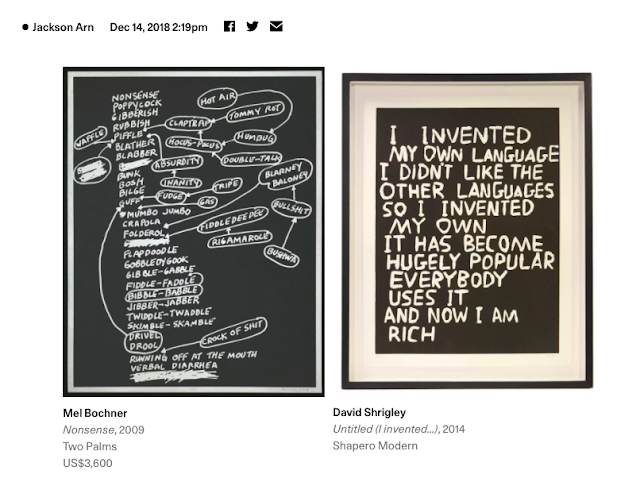Please pay close attention to these directions.
Write an original first-person (I, me, my) essay that addresses the simple yet complex question: "Why Am I an Artist?" Everyone's essay should have these five words as its title. Everyone's essay should be different and carry the stamp of its author.
Your essay must have at least five paragraphs with 25 sentences total. This is a minimum. The maximum is 10 paragraphs and 50 sentences.
Tell stories, give examples, use humor, wit, sarcasm, etc. Show your reader your mind at work. You might not have a specific answer to the question. That's good! That's why you're writing the essay: To try to understand yourself and your world better. Just like Montaigne and countless other essayists, asking the right questions is sometimes better than knowing the right answers.
Your first essay is due one week from today, on January 27, no later than noon. A finished draft of your essay is due no later than noon on Tuesday, January 25. The draft is ungraded, but if it is not submitted the final essay will have a 10% deduction. Therefore, an essay that was very strong and received a 9/10 score, would have a one-point penalty and the grade would be recorded as an 8/10. Let me know if you have questions: csmith@dcad.edu.














